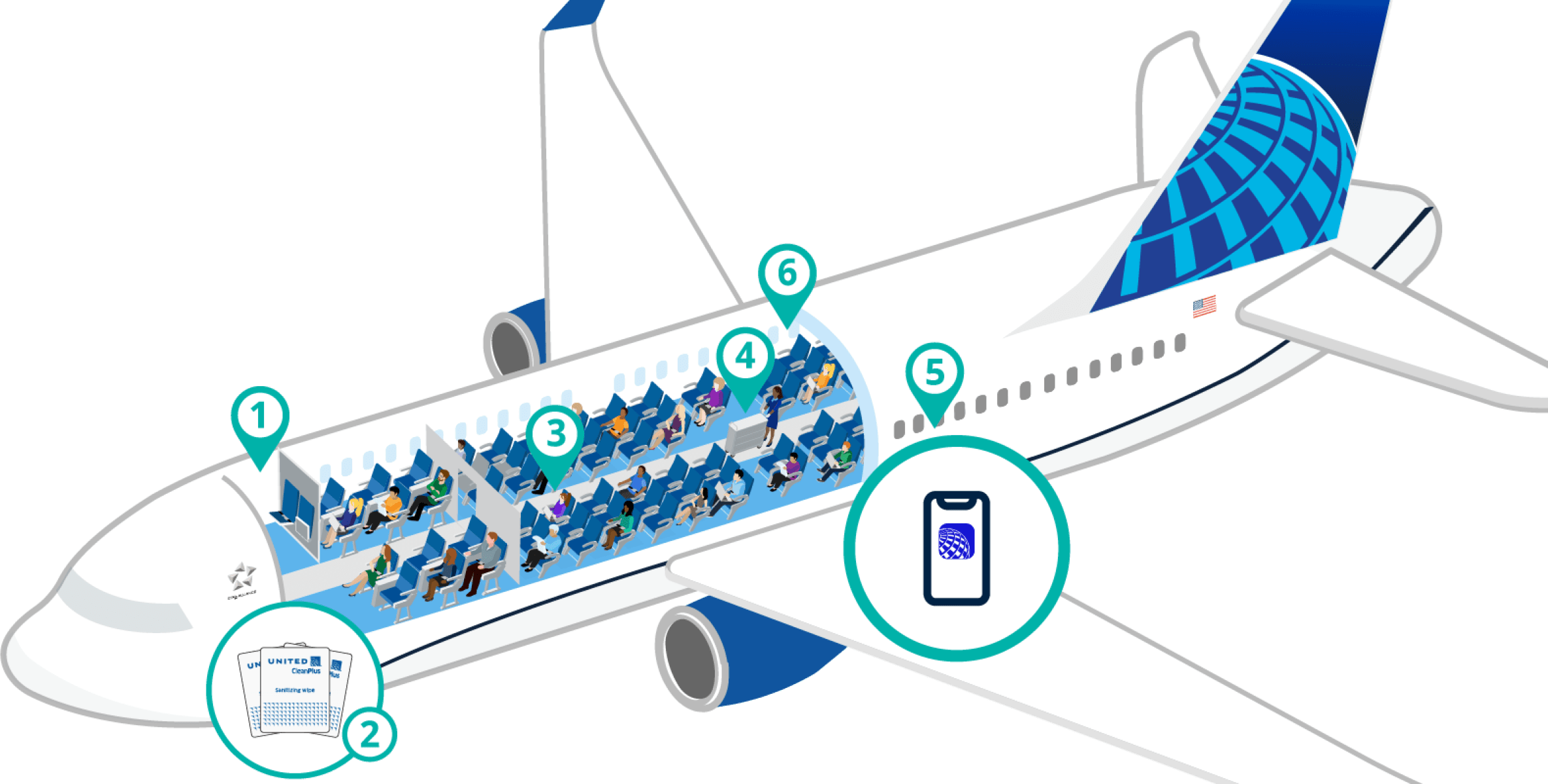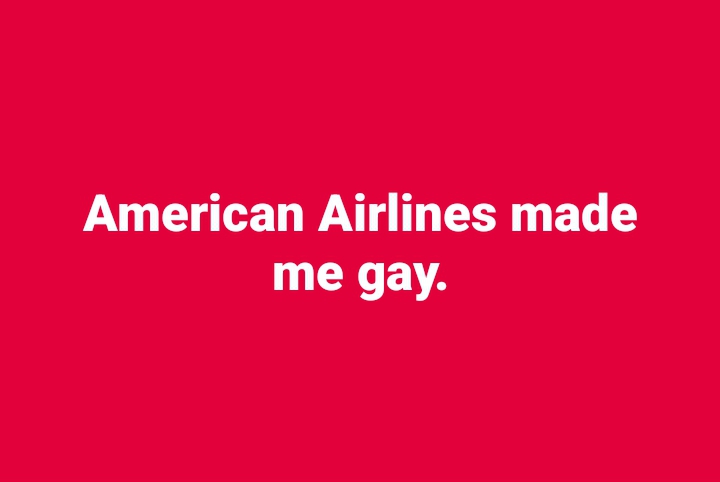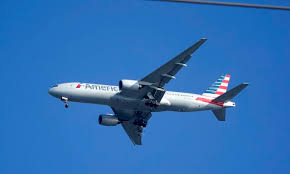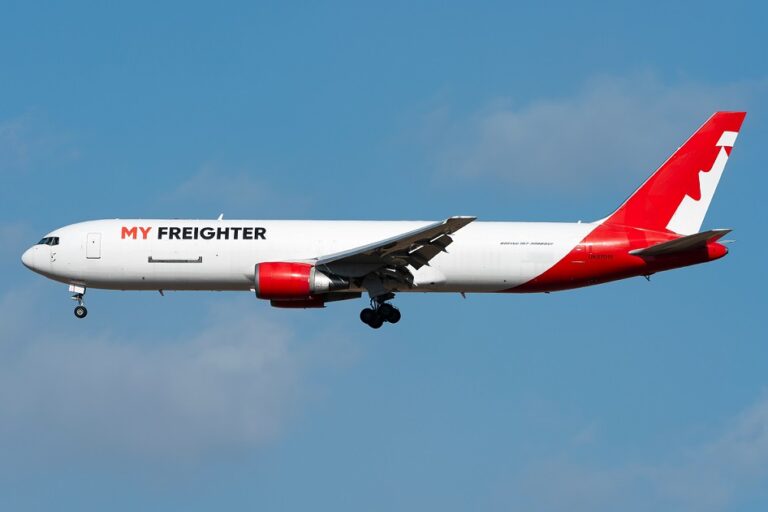United Airlines Is Wagering That You’ll Want to Fly to Places Other Airlines Don’t
Passengers swayed to live music while sipping spiked coffee and sampling Portuguese queijadas and pineapple-infused chocolate bars. At the same time, balloon bouquets hung overhead while flight attendants posed for photos with a pair of Yorkies in Hawaiian shirts and pilot caps. It certainly wasn’t the furious and frustrated scene travelers have come to expect at airport gates across the country in a year plagued by record numbers of flight cancellations, delays, and poorly behaved fliers, as signified by a 20-point dip in COVID-era passenger satisfaction with U.S. airlines, according to a May J.D.Power survey.1But it is very much symbolic of the optimism and excitement United Airlines is feeling about implementing its most significant transatlantic expansion ever this spring and summer.
“We are amid a growth strategy [that will make us] 25 percent larger than we were in 2019, and for the first time in the history of this company, we will be the single largest airline across the Atlantic,” said Patrick Quayle, United Airline’s senior vice president of international network and alliances, at one such gate celebration before the inaugural flight to Ponta Delgada in the Azores from Newark Liberty International Airport (EWR) in May. “We will now serve more destinations in the Atlantic entity—Europe, Middle East, Africa, and India—than every other U.S. airline combined.”The route to the Portuguese island paradise holds a special place in Quayle’s heart as the homeland of his late paternal grandmother. It joins new itineraries to Amman, Jordan; Bergen, Norway; Palma de Mallorca, Spain; and Tenerife in the Canary Islands. The routes are critical to the brand’s buildout, as none of the five destinations are serviced by any other North American carriers. Announced last fall, the new destinations have launched on a staggered schedule that began in May and will conclude on June 9, when the first flight to Tenerife takes off from Newark. Each route has kicked off with pre-flight speeches, destination-themed drinks or snacks, and cultural festivities and is commemorated with custom lapel pins and T-shirts featuring vintage bag tag designs.
“We are seeing a very strong recovery for high-end leisure travel as customers begin traveling again. This demand isn’t limited to places they know and love, but also to unique destinations across the globe,” Quayle told TripSavvy in an exclusive interview, adding that United anticipates a full recovery based on how promising bookings are looking going into the summer.
“United’s transatlantic expansion is our opportunity to introduce them to new destinations and expand their choices with the widest range of destinations to discover. We are uniquely positioned to do so with our diverse fleet and strong connecting hub in Newark. Newark offers significantly more domestic connections than JFK, providing a key gateway for customers across the country to Europe.” (All of the routes above go in and out of Newark except Amman, which operates out of Dulles International Airport in Washington, D.C.)
Quayle wholeheartedly believes these lesser-known locales will become hot spots for adventurous travelers (and ambitious influencers) who are always on the lookout for somewhere new but acknowledge that “trendy” takes time and effort.Because these are destinations that the vast majority of our customers haven’t been to, the first step in making this successful is increased awareness,” Quayle said. “In addition to United-led marketing and communication efforts, we have strong relationships with our existing partners, such as Marriott, and are also working closely with the tourism agencies in these destinations to help grow demand. We realize it will take some time. We will continue to closely evaluate these routes this summer to ensure we are offering the right levels of service to these destinations in the future. But if you look at [the new destinations] in totality, we’re seeing very strong interest from our consumers.”He also admits that United is running a different playbook than its competitors, and they’re OK with that gamble. “It’s worth noting that in the throes of the pandemic, there were many people and pundits who thought international travel was not going to come back,” Quayle said on a press call back in May. “Many of our competitors took a very different approach from what we did and pulled down their wide-body fleets. We were quite unique in how we built our network. This isn’t something we [did] over the last week or month. We’ve been working on adding a historic amount of capacity across the transatlantic corridor for two years. We are seeing results, and that’s why we’re so upbeat.”Whether it is due to an increased feeling of safety thanks to vaccines and new and improved therapeutics, relaxed regulations, or boredom and the inability to stay home for a second longer, passengers are also behaving differently.
“Every time, whether [due to] Delta or Omicron, you saw cases go up, you could immediately see bookings go down,” Quayle said on the call. “We do not see that correlation anymore. People are ready to move on. Also, as travel restrictions are loosened, demand surges.”
In addition to new stops, the other pillars of the expansion plan include re-starting routes interrupted by the pandemic, including Zurich, Nice, Bangalore, and Tokyo Haneda, and eventually upping the frequency of flights to longtime tourist favorites across the U.K. and Europe like London, Berlin, Dublin, and Rome. Quayle also mentioned United’s increased focus on improving the overall customer experience.
“We are more focused on the customer than ever before [to give them] an elevated and consistent customer experience with investments [in] our loyalty program, Polaris service, new lounges, cutting-edge seatback entertainment, and unique aircraft configurations with more premium seats and an enhanced onboard experience.”
Lots of United’s fleet has gotten upgraded in the last few years. For instance, the Boeing 737 Max 8 used for the Azores trips promises overhead bin space for every passenger, faster Wi-Fi, and Bluetooth headphone connectivity on the seatback screen.
Not that it is all good news for United, which is not immune to the same staffing issues and pilot shortages as just about all airlines. Due to a lack of planes, it also had to make the tough call to suspend seven long-haul flights in June. Additionally, the FAA only jut United the green light to return its Pratt & Whitney-powered 777s to service—that model has been grounded since February 2021 after an engine explosion dangerously littered a Denver suburb with debris.2 The airline issued a short statement reading: “United makes regular adjustments to our schedule in response to factors including resources such as available aircraft.”






